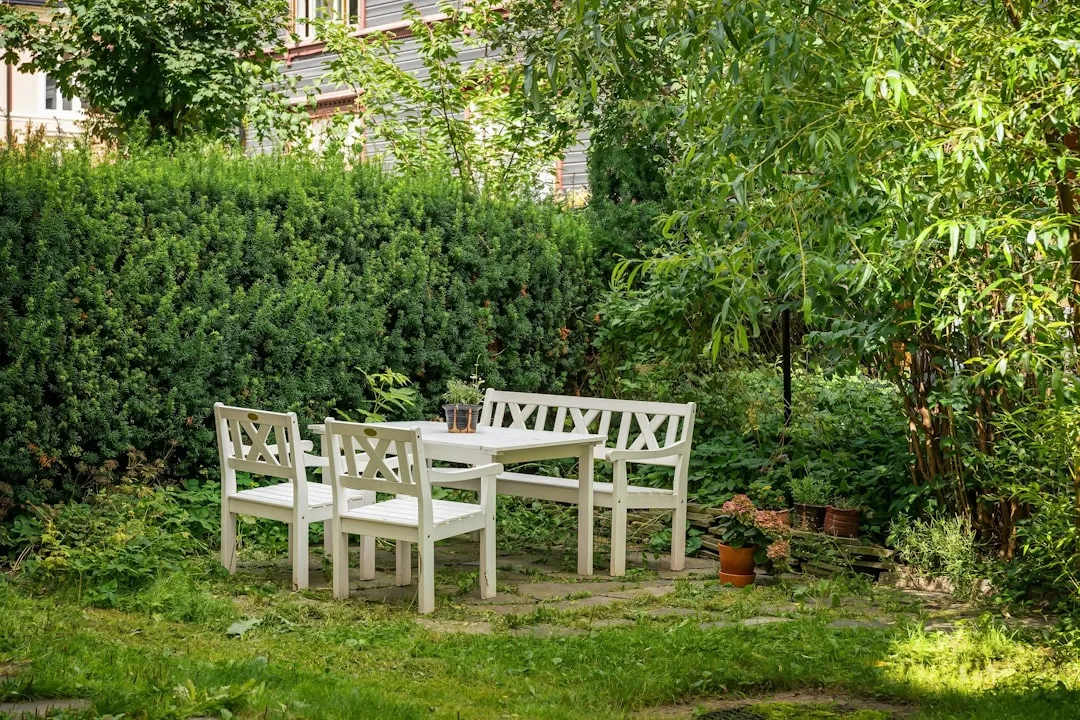DIY Seed Tape: A Cost - Effective Gardening Hack

When it comes to gardening, there are countless ways to cut costs without sacrificing the quality of your garden. One such method is making your own seed tape instead of purchasing the expensive ones from the store. Seed tape is a great tool as it helps keep seeds in place, allowing for more organized and even planting. And the best part is, you can create it using ordinary items found right in your home.
First, let's talk about the materials you'll need. For the base of the seed tape, you can use toilet paper or paper towels. These are soft, biodegradable, and will easily break down in the soil as your seeds germinate. You'll also need flour and water to make a simple paste, which will act as the adhesive to hold the seeds in place. And of course, you'll need your chosen seeds.
To start making the paste, combine equal parts flour and water in a small bowl. Stir the mixture until it forms a smooth, thick consistency, similar to that of school glue. You can adjust the amount of flour or water depending on how thick or thin you want the paste to be. Just make sure it's not too runny, or the seeds won't stick properly.
Next, lay out your toilet paper or paper towel on a flat surface. Using a small brush or your finger, apply a thin layer of the flour paste in a straight line down the center of the paper. This is where you'll place your seeds. Be careful not to apply too much paste, as it can clump up and make it difficult to place the seeds evenly.
Now, it's time to add the seeds. Take your chosen seeds and carefully place them along the line of paste, spacing them according to the recommended distance on the seed packet. For example, if the packet says to plant the seeds 2 inches apart, use a ruler or a simple marking system to ensure proper spacing. This will give your plants enough room to grow and thrive.
After placing the seeds, gently press them into the paste to make sure they adhere firmly. You can then fold the paper over the seeds to cover them, creating a sandwich - like structure. This will protect the seeds and keep them in place until you're ready to plant.
Once you've made your seed tape, let it dry for a few hours. You can leave it out in the open air or use a fan to speed up the drying process. Once it's dry, you can cut the tape into sections of the desired length, depending on how you plan to use it in your garden.
When it's time to plant, simply dig a shallow trench in your garden bed, following the recommended depth for your seeds. Place the seed tape in the trench, making sure it lies flat on the soil. Cover the tape with a thin layer of soil and water gently. The paper will gradually break down, and the seeds will germinate and grow into healthy plants.
Making your own seed tape not only saves you money but also gives you more control over the planting process. You can customize the seed tape with different types of seeds, creating a unique and diverse garden. It's also a fun and rewarding activity that the whole family can enjoy. So, the next time you're planning your garden, skip the expensive store - bought seed tape and try making your own at home. Your wallet and your garden will thank you!
Another advantage of homemade seed tape is that it's environmentally friendly. Store - bought seed tapes often come in plastic packaging, which contributes to waste. By using items from your home, you're reducing your carbon footprint and doing your part for the environment. Additionally, the biodegradable materials used in homemade seed tape will enrich the soil as they break down, providing nutrients for your plants.
You can also experiment with different types of paper for your seed tape. For example, if you have some old newspaper lying around, you can use it instead of toilet paper or paper towels. Just make sure to use non - glossy paper, as the ink on glossy paper may be harmful to the seeds. You can also add a bit of compost or fertilizer to the paste to give your seeds an extra boost of nutrients right from the start.
In conclusion, making your own seed tape is a simple, cost - effective, and environmentally friendly way to enhance your gardening experience. With just a few ordinary items from your home, you can create a useful tool that will help you plant your seeds more efficiently and achieve a beautiful, thriving garden. So, roll up your sleeves and give it a try!